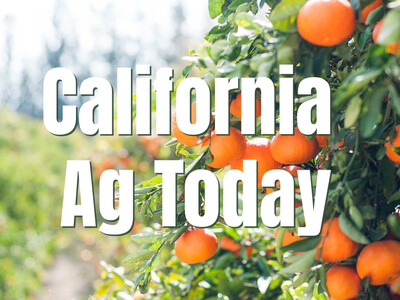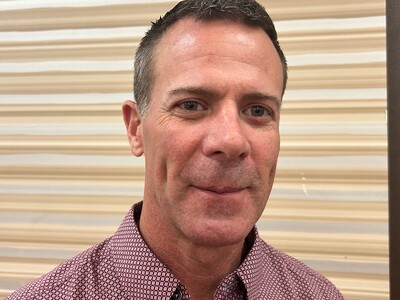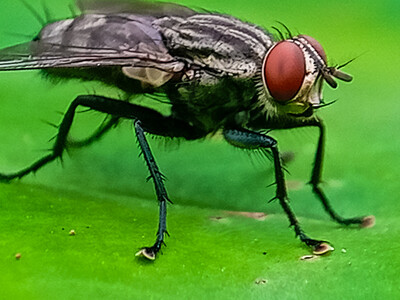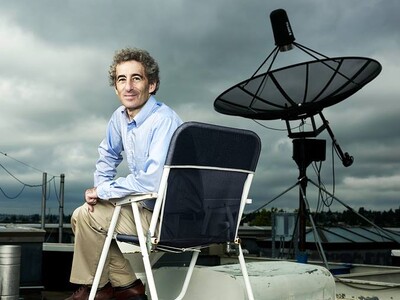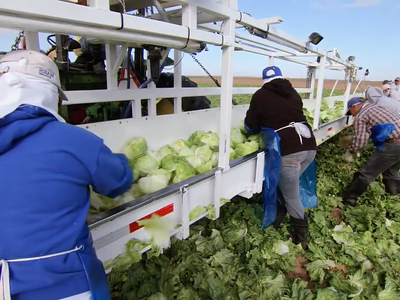Healthcare Co-ops & A Warm Wave
Healthcare Co-ops & A Warm Wave plus Food Forethought. I’m Greg Martin with today’s Northwest Report.
Could, member-owned, nonprofit health cooperatives provide competition for private health insurers? Two major health-care organizations are being mentioned as models for Congress. They are: HealthPartners in
It appears the weather break is over in the northwest. Brad Rippey, USDA meteorologist, saying that for the rest of this week, many currently cool regions may see a warm wave.
RIPPEY: As we head into the end of this week and especially into next week, heat that is currently building across the west will be reaching the nations mid section and we do expect a period of above normal temperatures for not just the Dakotas but throughout the plains and pretty much the western half to 2/3rds the country for at least a short period of time so that should help with some of the crop maturity levels that are at least a week or two behind schedule at this time.
Now with today’s Food Forethought, here’s Lacy Gray.
Ok, I’ll admit it; I am a tree lover, not to be confused with a tree hugger. From the time I could climb the maple tree in our backyard so as to be hidden in its shady embrace in order to read my favorite books undisturbed I have been in love with trees. I also know that not all people feel this kind of passion for trees, especially farmers who often find trees a nuisance and work hard to keep them out of field boundaries and fence lines. Nothing could be easier to farm than flat treeless ground. But that being said is treeless really better? Trees offer shade for livestock and farmer alike, act as a windbreak and wildlife habitat, and prevent soil erosion. According to scientists from the
Thanks Lacy. That’s today’s Northwest Report. I’m Greg Martin on the Northwest Ag Information Network.






